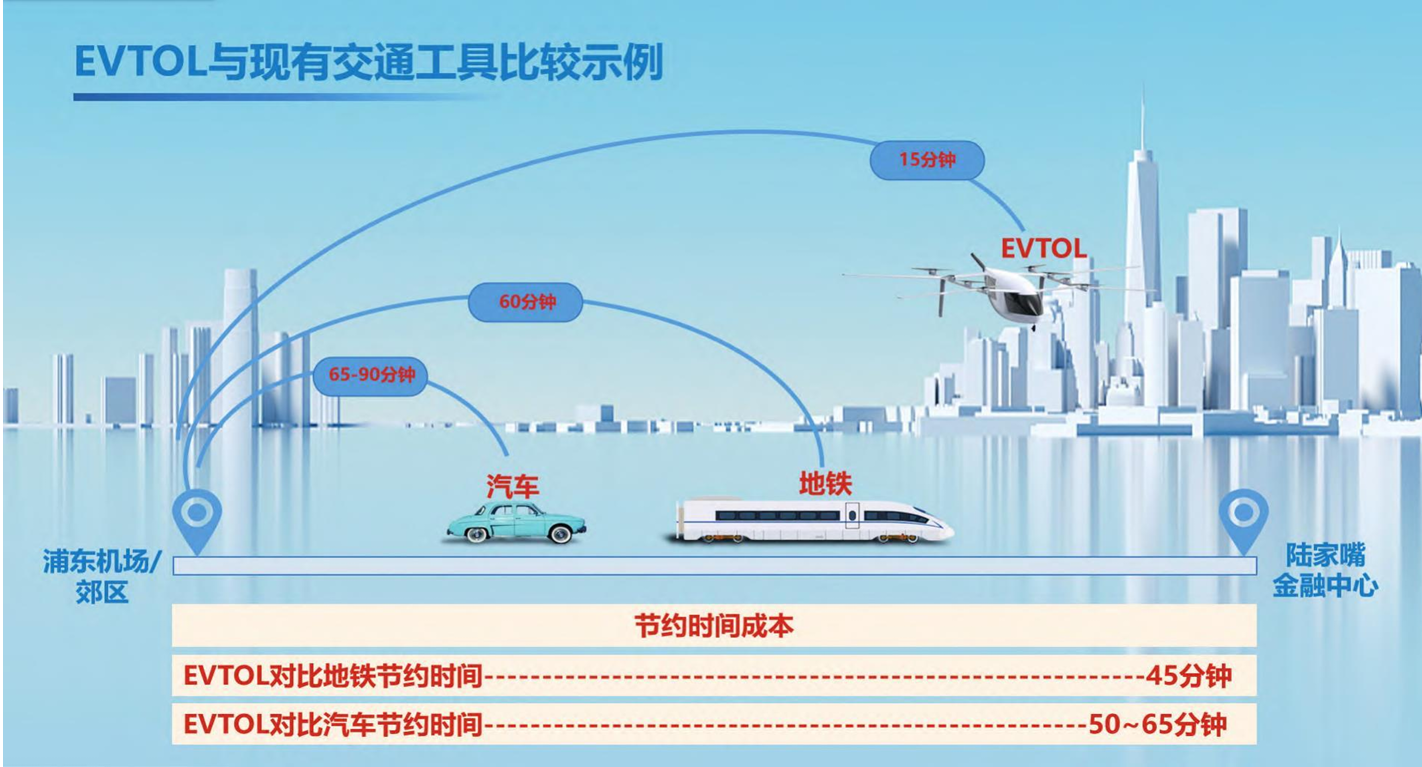According to the division of social functions, the aviation industry mainly includes military aviation and civil aviation. Civil aviation can be further subdivided into three categories: transport aviation, general aviation and low-altitude economy according to traffic functions. Among them, transport aviation covers intercontinental, international and intercity routes of medium and long distances and medium and high altitudes; General aviation focuses on short- and medium-range flights between international, regional and urban flights; The low-altitude economy is oriented to shorter-distance, near-earth airspace application scenarios, especially in regional and urban operations.
General aviation: a representative of traditional flight
General aviation refers to all kinds of flight activities engaged in by civil aircraft in addition to public air transport. At its core are manned conventional aircraft, such as helicopters, small fixed-wing aircraft, etc. The application fields of this type of aircraft are relatively clear, and the common scenarios include: private flight, flight training, medical rescue, agricultural and forestry spraying, aerial photography, etc., which have certain specializations and limitations.
Low-altitude economy: a new form of integration and innovation
Low-altitude economy is a new economic form that relies on low-altitude airspace, general aviation is the backbone, and integrates to drive the development of multiple industries. It not only includes the traditional general aviation category, but also includes multiple scenarios such as drones, urban air mobility (UAM), emergency response, logistics and distribution, and smart agriculture, reflecting a high degree of integration and scalability.
Compared with general aviation, the low-altitude economy is more widely used, from industrial manufacturing to urban management, from cultural tourism and entertainment to intelligent transportation, and is gradually penetrating into all aspects of the economy and society. Typical applications cover logistics express delivery, line inspection, low-altitude tourism, emergency rescue, agriculture and forestry plant protection and other fields.

Figure: Example of EVTOL compared to existing means of transportation
Technological innovation: the confidence of the rise of the low-altitude economy
Supporting the rapid development of the low-altitude economy is a major breakthrough in electrified and intelligent aircraft technology, especially the progress of electric vertical take-off and landing (eVTOL) technology, which has brought the development of near-Earth airspace resources into an unprecedented "unbounded era".
Traditional aircraft have inherent limitations. For example, large aircraft have extremely high requirements for airport location and space; Even the most agile helicopters need to maintain a large range of headroom during take-off and landing. In addition, noise pollution and poor spatial adaptability also limit their wide application in urban low altitudes.
New aircraft such as eVTOLs have the unique advantage of "inches long": they can achieve true vertical take-off and landing, and have extremely low requirements for surrounding space; Flexible flight and precise control, suitable for operation in densely populated urban areas; The low noise characteristics are more suitable for daily use, almost no disturbance, and become an ideal carrier for urban air mobility.
Unmanned aviation: China's "lane change overtaking" opportunity
At present, China has established a relatively complete industrial foundation in the field of unmanned aviation:
1. Consumer-grade drones: relying on a strong mobile phone industry chain, forming a world-leading competitive advantage;
2. Professional-grade UAV: Combined with the accumulation of machinery and electronics industry, the industrial chain is complete;
3. Large manned unmanned aerial vehicles: Although there is still a gap with Europe and the United States in aviation manufacturing, relying on China's accumulation in motors, batteries, electronic control and automatic driving software, it has the potential to "run parallel or even overtake in corners".
This stage is a historic window for China's aviation industry to achieve a breakthrough, and it is a period of strategic opportunity that is rare in a century.
Global consensus: low-altitude development ushered in a golden age
On 9 September 2024, the International Civil Aviation Organization (ICAO) convened its inaugural Advanced Air Mobility Conference, which attracted 1,400 industry representatives from around the world, including China, setting a record for the organization's history. The conference builds on its annual "DRONE ENABLE" event and focuses on topics such as: Advanced Air Mobility (AAM), eVTOL, vertiports, automated systems, airspace integration and building trust frameworks.
This not only marks the rapid increase in the importance of the low-altitude economy in the global aviation system, but also provides a new platform for dialogue and cooperation between countries in urban air mobility, unmanned system supervision and technology collaboration.
Related:
Analysis of Low Altitude Economy and Its Development Status and Trend (1)






